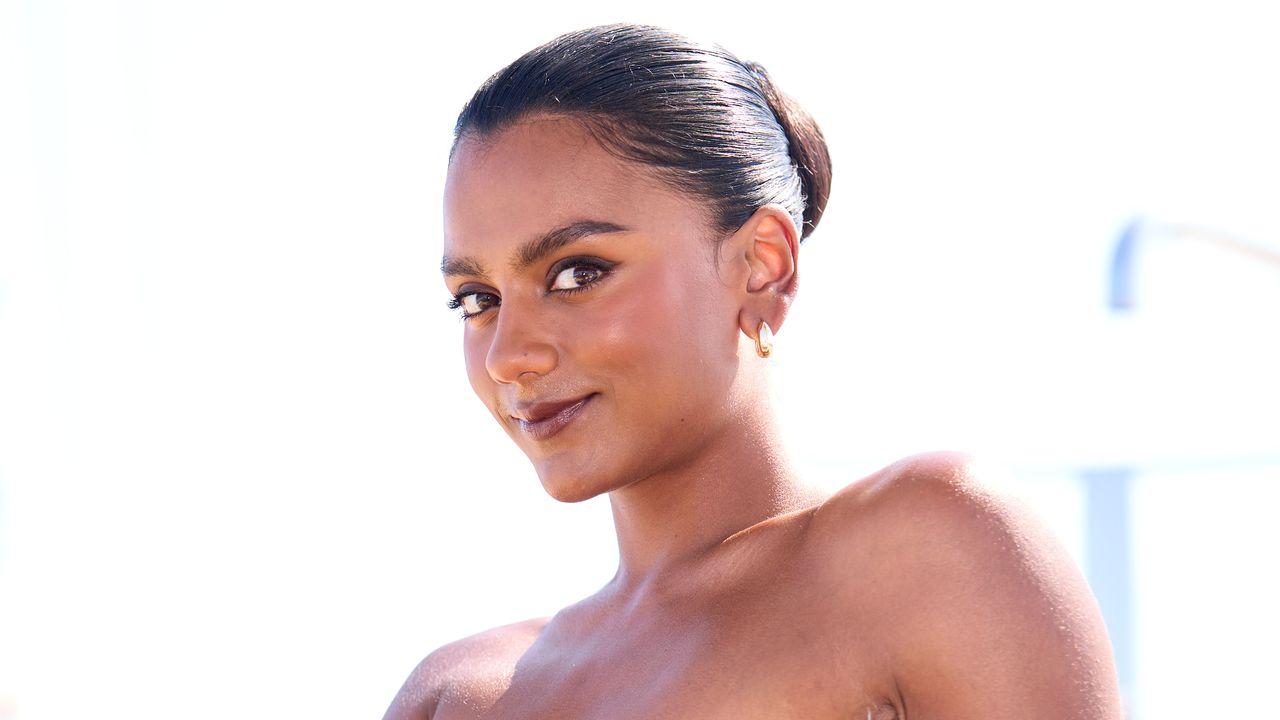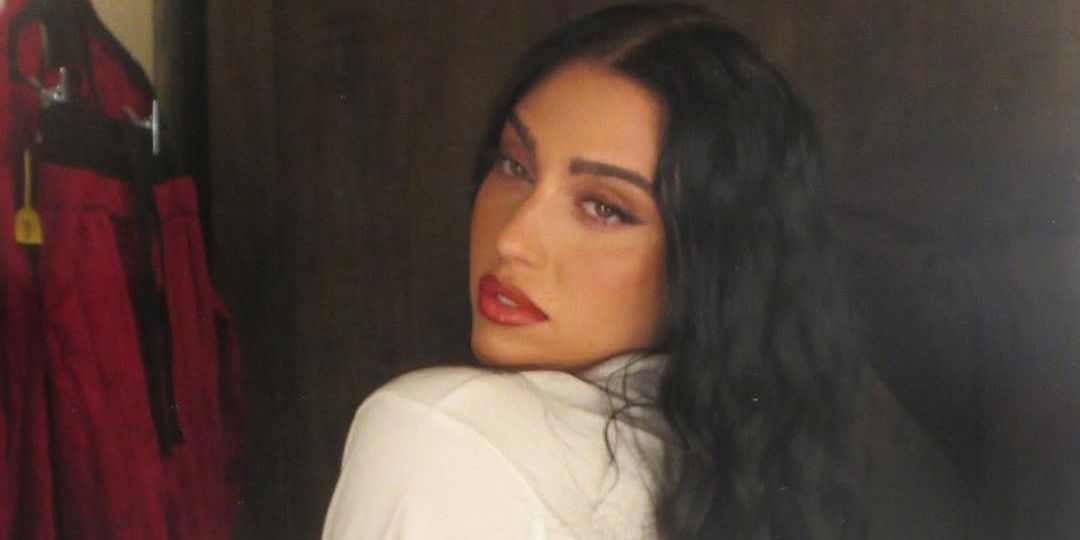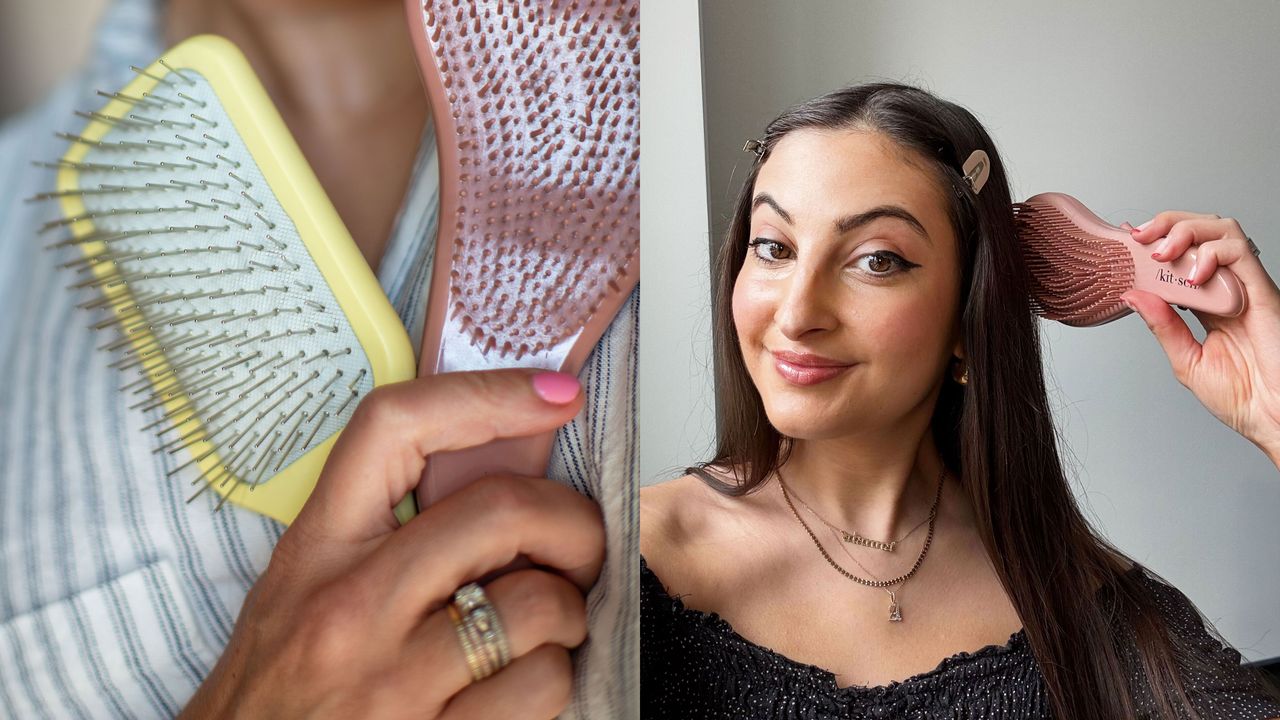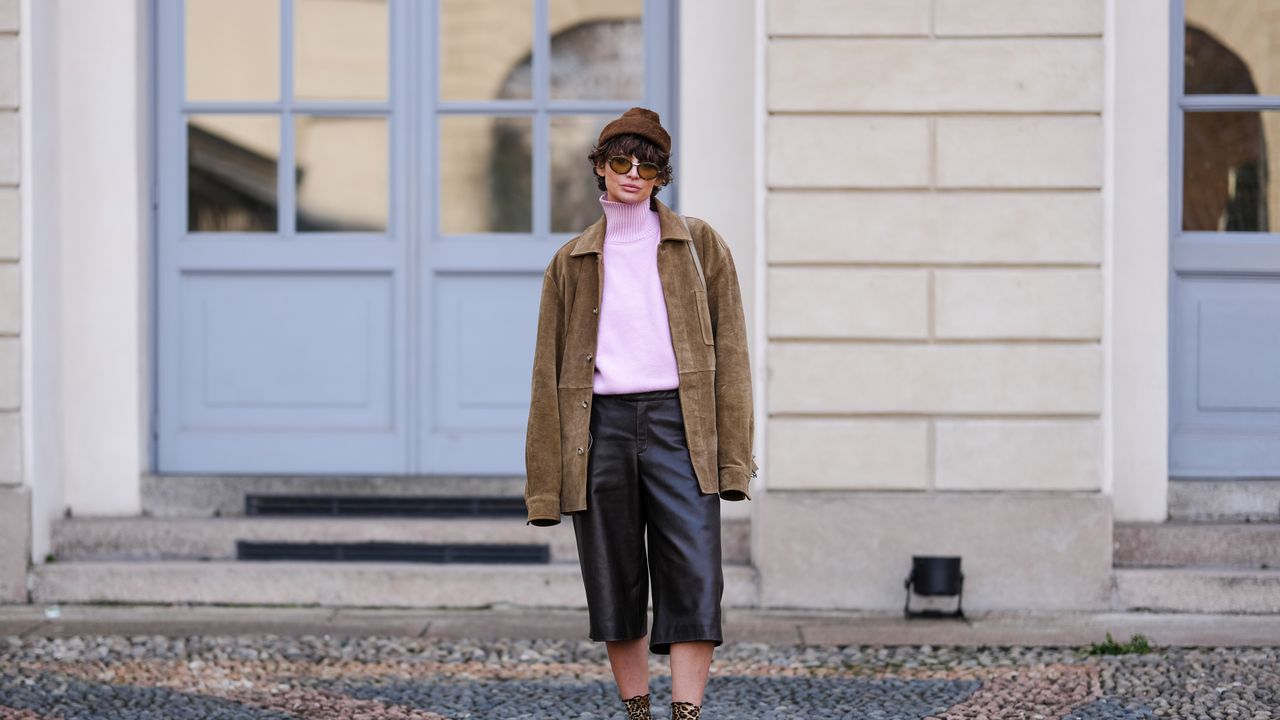Blog
Your Favorite Protective Style Might Actually Be Causing Your Hair Loss
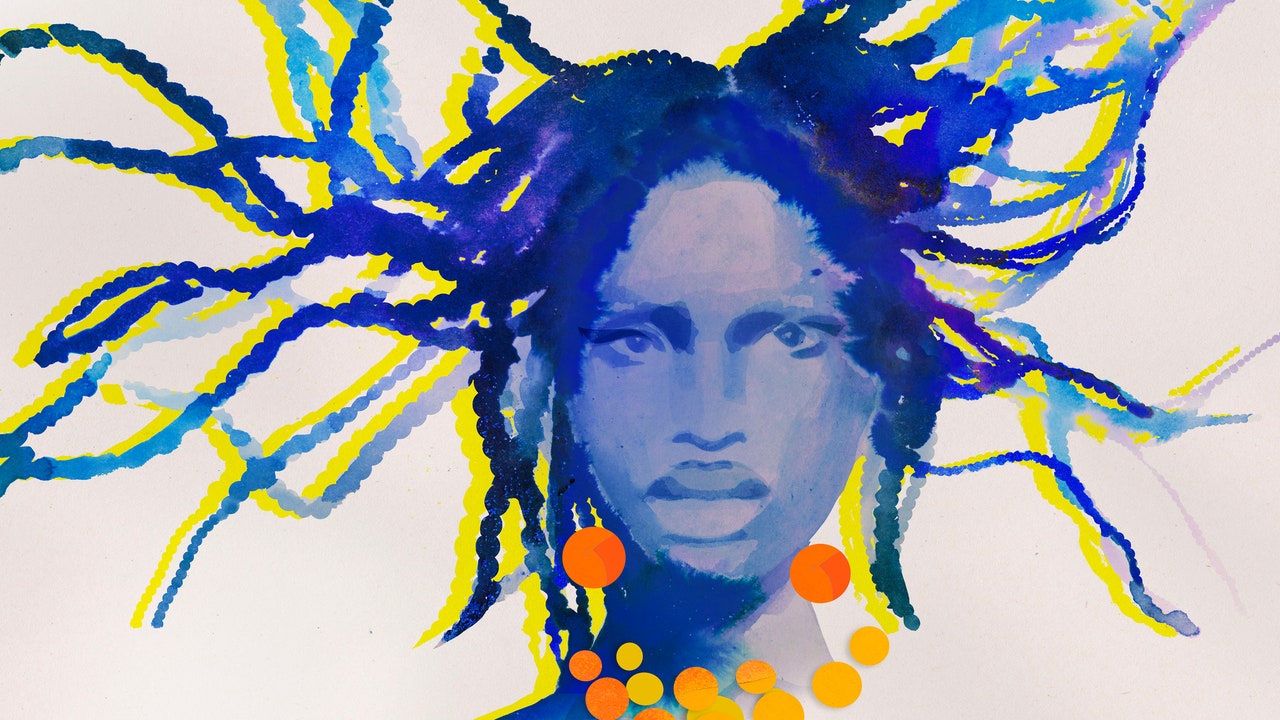
Some things are worth sacrificing for a great hairstyle, but your edges are not one of them. Six-plus hours in a salon chair and a couple hundred dollars are the up-front costs for a trendy protective style that will last weeks and cut down your hair routine. Compromised hair health, however, is a hidden price that many Black women pay for these looks. This is a lesson Allure‘s associate beauty editor Annie Blay-Tettey learned the hard way: “After years of wearing box braids, twists, and wigs, my edges began thinning,” she says. It’s all great when you’re posting a selfie with your new boho braids, until you notice panic-inducing bald spots around your edges.
Don’t get us wrong, protective styles do come with plenty of pros. For instance, they’re a great way to switch up your look while keeping strands protected from chemical and heat exhaustion. But the tension protective styles put on your hair and scalp can, over time, cause major hair loss known as traction alopecia.
“Traction alopecia is caused by anything that pulls on the hair, ultimately damaging the root, and can lead to scarring and permanent hair loss,” board-certified dermatologist Doris Day, MD, previously told Allure. “It’s a process that usually takes years.”
Fortunately, traction alopecia is “reversible when early corrective measures are taken,” says board-certified dermatologist and Curology medical director Whitney Tolpinrud, MD. But that doesn’t make it any less frustrating in the moment.
In addition to this kind of gradual hair loss, an itchy scalp can be a more immediate side effect of wearing protective styles. Experts say this unpleasant feeling can be caused by irritation from synthetic extensions, a dehydrated scalp, and product buildup. All of this might have you vowing to swear off protective styles for good, but don’t cancel your next braid appointment just yet: There are a few ways to continue wearing your favorite looks without compromising your hair and scalp health.
In this story:
Avoid a tight grip
Let’s start at the root. It’s a common belief that the tighter the braids, the longer the style will last. While there may be some truth to that, all of that tension is not good for your scalp. “First-line treatment of traction alopecia is avoidance of traction-causing hairstyles,” says Dr. Tolpinrud. The tension from tight styles can also cause red, inflamed bumps—not to mention, it’s painful. If your stylist is plaiting your hair too tightly, be vocal and ask them to ease up.
Braided styles like cornrows require a bit more tension to get them to lay flat on the scalp, so opt for these looks sparingly. If you love the look of neat, flat braids, try flat twists; they give you the same vibe, but the two-strand twist is gentler to wear because it doesn’t lay as close to the scalp.
If box braids are your go-to, try knotless box braids, which don’t require such a tight grip on your scalp to fuse the braiding hair with your natural hair. “With the knotless technique, I start the braids off with the client’s natural hair, then you start adding hair as you go,” says New York City-based braider Shanna St. Cyr. “This means there’s no need to grip tightly on the hair to secure the extensions at the base, like with traditional box braids.”
Skip extra-long braids, twists, and faux locs
We love the look of long buss down braids as much as the next person, but they can be heavy, which causes more tugging on your scalp, especially as they grow out. If you’re inclined to wear Rapunzel-length looks, try not to get them too often, and definitely don’t wear them past three weeks. A great litmus test is to tilt your head to the side and see if you feel any tugging—if you do, it may be time to take those braids out.
Use plant-based or human hair extensions
Hair extensions used for protective styles are often made of synthetic fibers that can irritate the scalp, causing it to become itchy and inflamed. To avoid an allergic reaction to faux extensions, have your stylist use 100% human hair or plant-based hair extensions, which tend to be better for sensitive skin. Brands like Rebundle offer a wide variety of hair-braiding extensions made from plant-based fibers that don’t contain the synthetic coatings of traditional Kanekalon.





